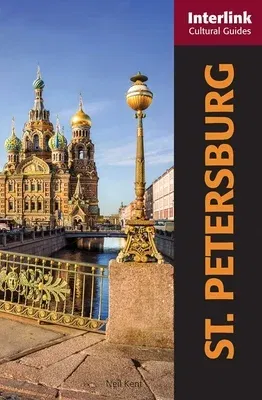St. Petersburg is one of the world's most beautiful cities. Most of its
baroque and neoclassical palaces and churches are modelled on those of
Italy and France, in turn inspired by the temples of classical Greek and
Rome. Yet it is situated on a swamp, a location so insalubrious that it
took the lives of the thousands who built the city. Founded by Peter the
Great on land seized from Sweden in 1703, the Tsar made it into his new
capital and Russia's gateway to Europe. Guarded by the Kronstadt
Fortress, it was never conquered and under his successors the city
achieved a splendor and cultural richness that vied with other European
capitals. After the Golden Age of the 1830s when Pushkin and Lermontov
wrote some of Russia's greatest literature, famine and war would
undermine political and cultural life, and the Revolution led to
calamity. Nonetheless, in the dying embers of the old regime, music, art
and theatre all thrived, creating a Silver Age which brought the city
renewed renown. During the Soviet period, the city, renamed Leningrad,
fell into a Cinderella-like slumber, with Moscow taking primacy. Yet it
survived both wars to enjoy a revival after the fall of the Soviet Union
under its old name. Neil Kent considers the extraordinary history of St
Petersburg along with its political, religious, cultural and social
dimensions, rich in stories and anecdotes from its various periods. Its
musical heritage is unrivalled: Mussorgsky, Rimsky-Korsakov, Tchaikovsky
and Rachmaninov are all associated with the city. A walk today through
the streets and courtyards evokes the world of Dostoyevsky who
immortalized its violent underbelly in his 1865 novel Crime and
Punishment. He turned to Orthodoxy for inspiration, as does the modern
city today. This revival has been multifaceted, its pictorial glories on
display in the Russian Museum and Hermitage Gallery. As Kent stresses,
St Petersburg remains a city of paradox, full of tragedy but also of
breathtaking beauty and endurance.

